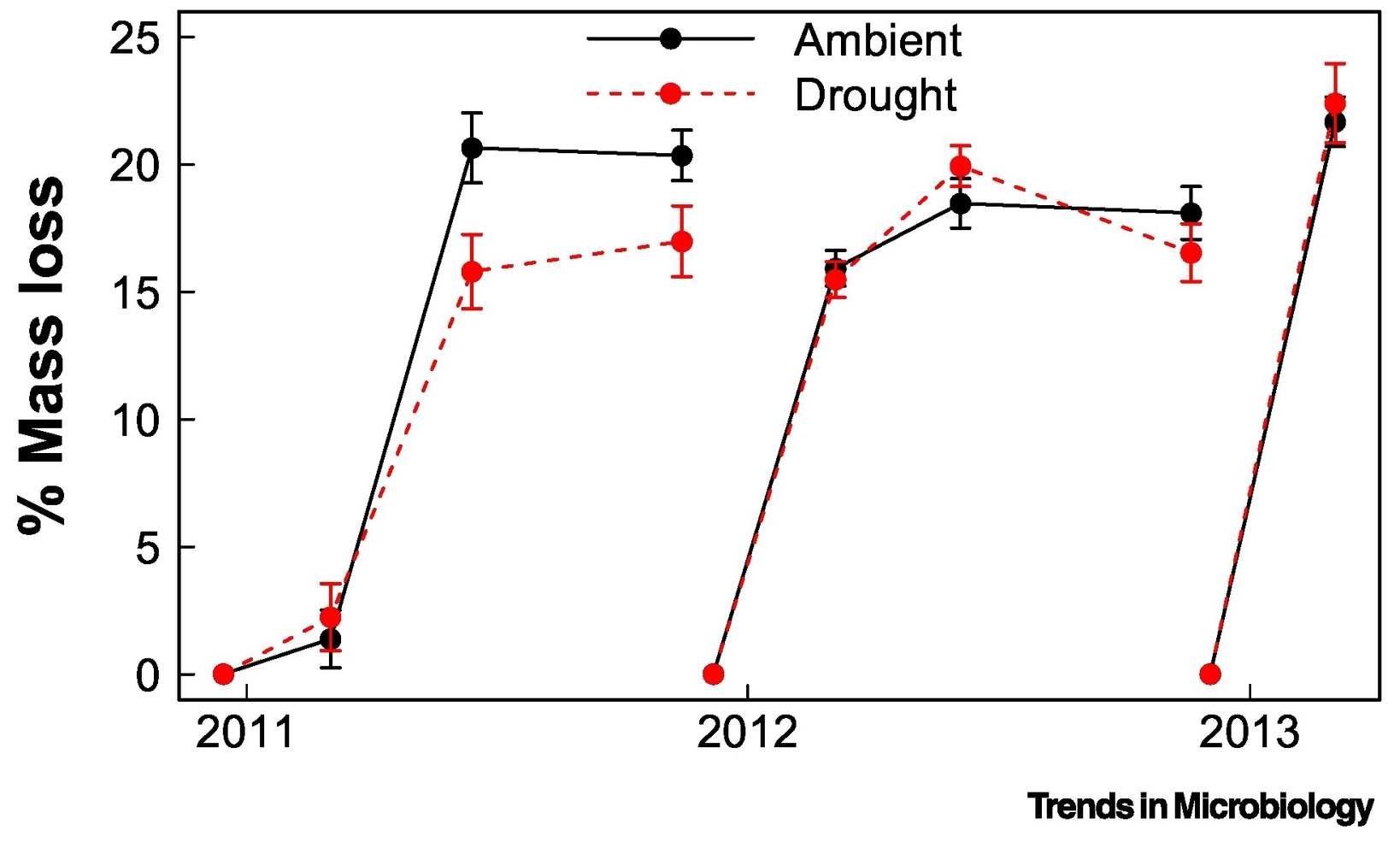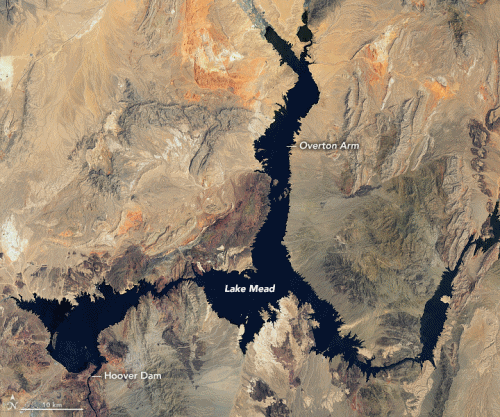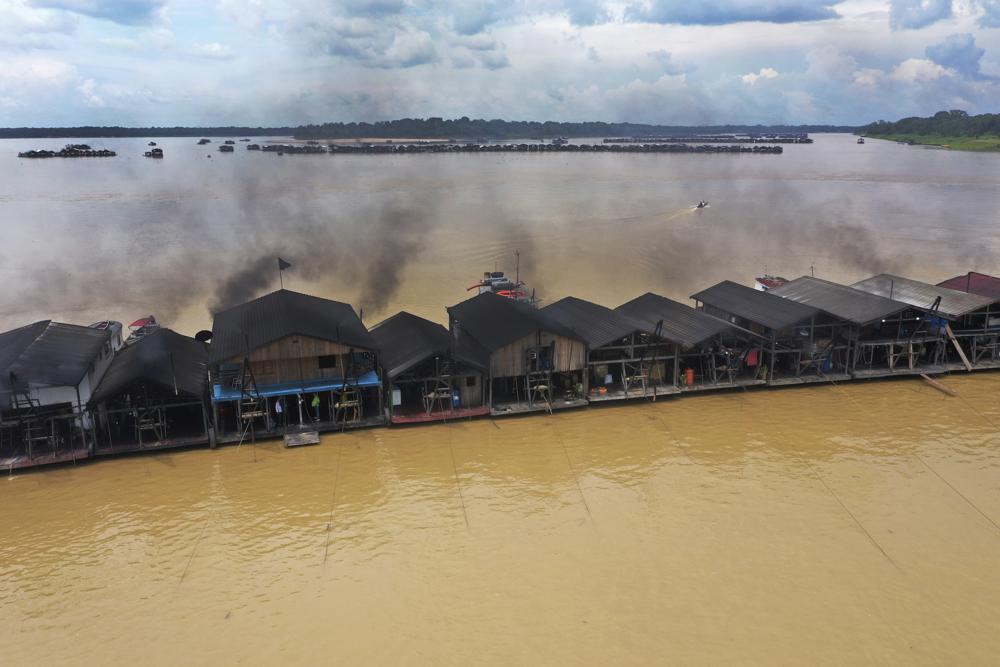Droughts destroying Earth’s biggest carbon sink on land: study – If more carbon-releasing microbes survive than carbon-sequestering microbes, we could end up with carbon-depleted soils

By Mark Waghorn
12 April 2023
(SWNS) – Droughts are destroying Earth’s biggest carbon sink on land, according to new research.
Soil stores more greenhouse gas than plants and the atmosphere combined – thanks to the microbes that live in it.
Moisture plays a key role in the process. Lack of rainfall is disrupting this delicate ecosystem.
Lead author Dr. Steven Allison, of California University of Irvine, said: “Soil microbes are beneficial and we couldn’t live without their cycling of carbon and nutrients.
“But climate change and drought can tweak that balance – and we have to be aware of how it’s changing.”
There’s about six times more carbon in soil than there is in the plants that grow on it. Only the oceans contain more.
Global warming is causing water shortages across the globe.
Last summer Northern Italy had its worst drought in 70 years. Almost half US states had them. Summer 2022 in the UK was the driest since 1995 – and the second hottest on record.
The UN says drought frequency and duration has increased by nearly a third since 2000.
Some soil microbes take carbon from decomposing plants and store it in the soil, while others release plant carbon back into the atmosphere.
The carbon that ends up in the soil is beneficial in multiple ways.
Allison said: “The carbon in the soil has these reverberating effects out to the rest of the world in terms of the infrastructure in our natural and managed ecosystems.
“Carbon-rich soils hold more nutrients, so plants growing in those soils tend to be more productive, and the carbon changes the physical properties of the soil, which prevents erosion.
“In California now, we have this system where the droughts are more intense, and then the rainfall is more intense.
“So, if you’re losing your soil carbon, when it rains really hard it could carry away your soil and cause erosion, landslides, mudslides, sediments, and all kinds of problems we’re actually seeing right now.”
The carbon that is released back into the atmosphere is another story.

Dr Allison said: “From a climate mitigation standpoint, what we want is for more carbon to be in plants and soils and less carbon to be in the atmosphere, so the more carbon we can absorb into plants through photosynthesis and the more we can transfer and keep in the soil, the better off we’re going to be in terms of climate change.
“That’s why it’s really important to know how the balance of incoming versus outflowing carbon changes with drought, or warming, or any other climate factor.”
Plants and microbes will both be impacted by the increasing frequency of drought. It’s hoped microbes will be able to bounce back faster.
Allison said: “Microbes are really adaptable—they can change their physiology, they can change their abundances so that more drought-adapted microbes take over, and they can potentially evolve—so we expect that they are going to resist or bounce back from drought.
“All those different processes can happen pretty quickly with microbes, and much more quickly than with plants.”
If more carbon-releasing microbes survive than carbon-sequestering microbes, we could end up with carbon-depleted soils, which would have serious negative implications for plant productivity and future greenhouse gas levels.
We may be able to nudge the balance in the right direction – but more research is needed first, according to the study, published in the journal Trends in Microbiology. [more]
Droughts destroying Earth’s biggest carbon sink on land: study
Microbial drought resistance may destabilize soil carbon
ABSTRACT: Droughts are becoming more frequent and intense with climate change. As plants and microbes respond to drought, there may be consequences for the vast stocks of organic carbon stored in soils. If microbes sustain their activity under drought, soils could lose carbon, especially if inputs from plants decline. Empirical and theoretical studies reveal multiple mechanisms of microbial drought resistance, including tolerance and avoidance. Physiological responses allow microbes to acclimate to drought within minutes to days. Along with dispersal, shifts in community composition could allow microbiomes to maintain functioning despite drought. Microbes might also adapt to drier conditions through evolutionary processes. Together, these mechanisms could result in soil carbon losses larger than currently anticipated under climate change.


